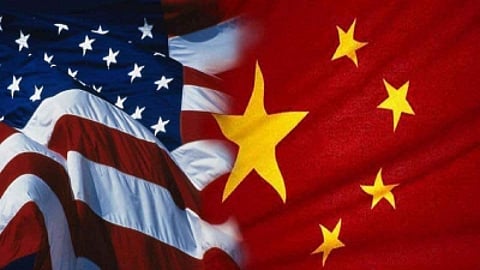

With the US and China reaching an agreement to significantly reduce tariffs on each other’s imports, India may lose the edge it had gained from the earlier imposition of reciprocal duties. The US had initially levied an additional 26% tariff on imports from India—much lower than the 145% imposed on Chinese goods. At the time, the view was that this skewed tariff structure could help India attract manufacturing operations shifting out of China.
However, on Monday, China and the US reached a deal under which the US will cut tariffs on Chinese imports from 145% to 30%, while China will reduce duties on US products from 125% to 10%. These reductions will not impact any sector-specific tariffs or exemptions that existed prior to April 2, 2025.
Currently, Indian goods face a 10% baseline duty in the US, after Washington decided to pause the 26% reciprocal tariff for 90 days.
The narrowing of this tariff gap could intensify competition for Indian exporters. “It could entail stark competition for Indian exporters considering the narrowing of the tariff gaps between Chinese and Indian exports,” says Krishan Arora, Partner and Leader, India Investment Advisory Services at Grant Thornton Bharat LLP. He adds that India Inc must now revisit its production and logistics costs and develop more efficient value chains to remain competitive in export markets.
Since the US ramped up tariffs on Chinese imports to 145%, India had hoped to benefit from the high tariff differential. iPhone maker Apple had even announced that the majority of iPhones sold in the US during the April–June 2025 quarter would be manufactured in India, fueling hopes that a broader shift of manufacturing from China to India was underway.
However, with the new US-China trade deal, that shift now seems uncertain.
“While low-investment assembly operations may linger in India for now, deeper manufacturing—the kind that builds real industrial ecosystems—may stall or even return to China,” says Ajay Srivastava, Founder, Global Trade Research Initiative (GTRI).
Meanwhile, Deepanshu Mohan, Professor of Economics at OP Jindal Global University, says an immediate reorientation of supply chains was unlikely, even under the earlier high-tariff regime. He adds that export-competitive manufacturing in India remains limited, and expecting significant gains from reciprocal tariffs was not realistic.